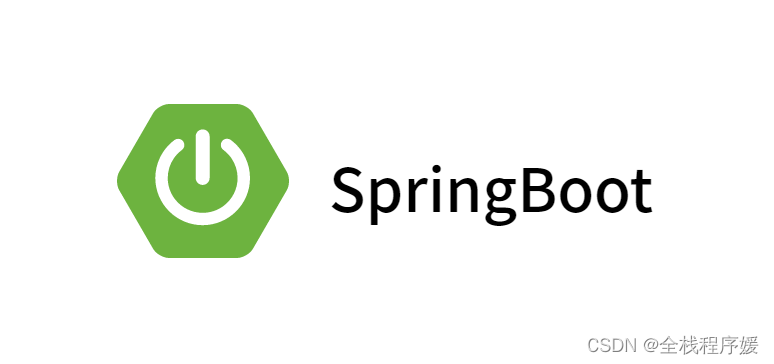相关推荐recommended
- 如何快速搭建自己的阿里云服务器(宝塔)并且部署springboot+v
- Web项目部署环境搭建:JDK + Tomcat + IDEA +My
- SpringSecurity6 | 登录失败后的跳转
- Tomcat在linux环境中开机自启(定时重启)
- 7.13 在SpringBoot中 正确使用Validation实现参
- 【Spring | 资源处理扩展】
- Caused by: org.springframework.bean
- 实战springboot+CAS单点登录系统
- Ubuntu安装ddns-go使用阿里ddns解析ipv6
- MySQL:使用“IN“语句查询时保持顺序
- springboot数字物流仓库管理系统 计算机毕设源码33014
- PHP小区物业管理系统的设计与实现 毕业设计-附源码99201
- 基于SpringBoot的家庭记账管理系统的设计与实现
- nginx访问页面中文乱码解决方案
- Spring——事务注解@Transactional【建议收藏】
- Go语言中的gin框架之【GETPOST】请求参数接收传值(五)
- 在Linux环境下安装MySQL数据库,超详细~ 超简单~
- SpringBoot之@ConditionalOnProperty注解
- 使用HttpURLConnection发送POST请求并携带请求参数
- Golang Gorm 更新字段 save、update、update
- Navicat连接postgresql时出现“ERROR: colum
- Python山西太原二手房源爬虫数据可视化分析大屏全屏系统 开题报告
- 沉浸式go-cache源码阅读!
- SpringBoot与MybatisPlus SpringBoot
- Rust每日一练(Leetday0029) 柱状图、最大矩形、扰乱字符
- 基于javaweb+mysql的jsp+servlet图书借阅管理系统
- mybatis 批量查询时候多条件,怎么写?
- 基于javaweb+mysql的jsp+servlet在线蛋糕商城系统
- 用Nginx做端口转发(反向代理)
- 最新版 nodejs和npm版本不匹配问题解决:ERROR: npm
探究Spring Boot 中实现跨域的几种方式
作者:mmseoamin日期:2023-12-11

文章目录
- 前言
- 1. 使用@CrossOrigin注解
- 2. 使用WebMvcConfigurer配置
- 3. 使用Filter配置
- 4. 使用全局配置
- 结束语
前言
在现代Web应用中,由于安全性和隐私的考虑,浏览器限制了从一个域向另一个域发起的跨域HTTP请求。解决这个问题的一种常见方式是实现跨域资源共享(CORS)。Spring Boot提供了多种方式来处理跨域请求,本文将介绍其中的几种方法。
1. 使用@CrossOrigin注解
Spring Boot提供了一个注解@CrossOrigin,可以直接应用于控制器类或方法上,以声明允许跨域请求的配置。例如:
@RestController @CrossOrigin(origins = "http://localhost:3000") public class MyController { // Controller methods }这种方法简单明了,但可能不够灵活,特别是当需要配置更多的跨域选项时。
2. 使用WebMvcConfigurer配置
通过实现WebMvcConfigurer接口,可以进行更细粒度的跨域配置。下面是一个例子:
@Configuration public class WebConfig implements WebMvcConfigurer { @Override public void addCorsMappings(CorsRegistry registry) { registry.addMapping("/api/**") .allowedOrigins("http://localhost:3000") .allowedMethods("GET", "POST", "PUT", "DELETE") .allowCredentials(true); } }这种方式允许更多的自定义配置,适用于复杂的跨域场景。
3. 使用Filter配置
通过自定义Filter来处理跨域请求也是一种有效的方式。创建一个CorsFilter类,实现Filter接口:
@Component public class CorsFilter implements Filter { @Override public void doFilter(ServletRequest request, ServletResponse response, FilterChain chain) throws IOException, ServletException { HttpServletResponse httpResponse = (HttpServletResponse) response; httpResponse.setHeader("Access-Control-Allow-Origin", "http://localhost:3000"); httpResponse.setHeader("Access-Control-Allow-Methods", "GET, POST, PUT, DELETE"); httpResponse.setHeader("Access-Control-Allow-Credentials", "true"); chain.doFilter(request, response); } }然后,将该Filter注册到Spring Boot应用中。
4. 使用全局配置
在application.properties或application.yml中添加全局配置项:
spring.mvc.cors.allowed-origins=http://localhost:3000 spring.mvc.cors.allowed-methods=GET,POST,PUT,DELETE spring.mvc.cors.allow-credentials=true
这种方式不需要编写额外的Java代码,适用于全局的跨域配置。
结束语
Spring Boot提供了多种方式来实现跨域请求,开发者可以根据具体需求选择适合的方法。在配置时,要确保不仅考虑安全性,还要兼顾应用的灵活性和性能。希望本文对你理解Spring Boot中跨域配置提供了一些帮助。














